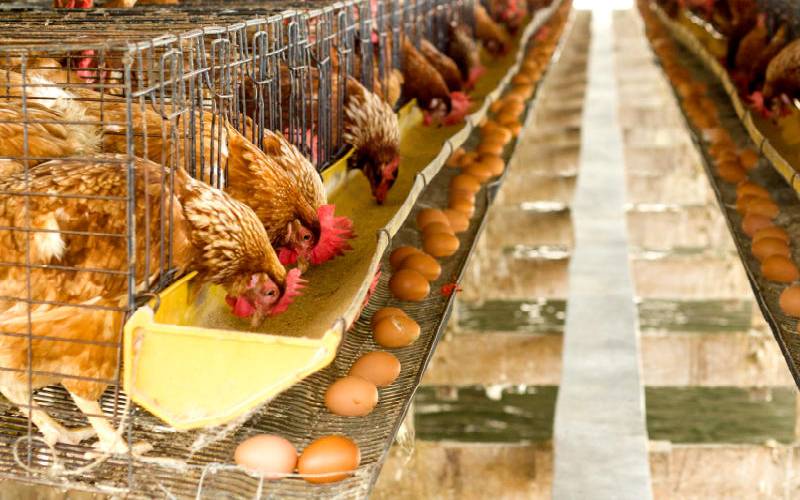×
The Standard e-Paper
Join Thousands of Readers

Dear Dr Messo
I am an upcoming farmer facing some challenges. I read your article titled “checklist for building poultry house” and realised I had done several mistakes on my project. I started with 500 layers but now I have less than 450 just over six months with only 4.4 per cent laying this week. I have a few questions a) What quantity of feed for each age group of chicks should I give? b) What type of feed at various age stages should I give? Thank you in advance. [Hesbon Maina]